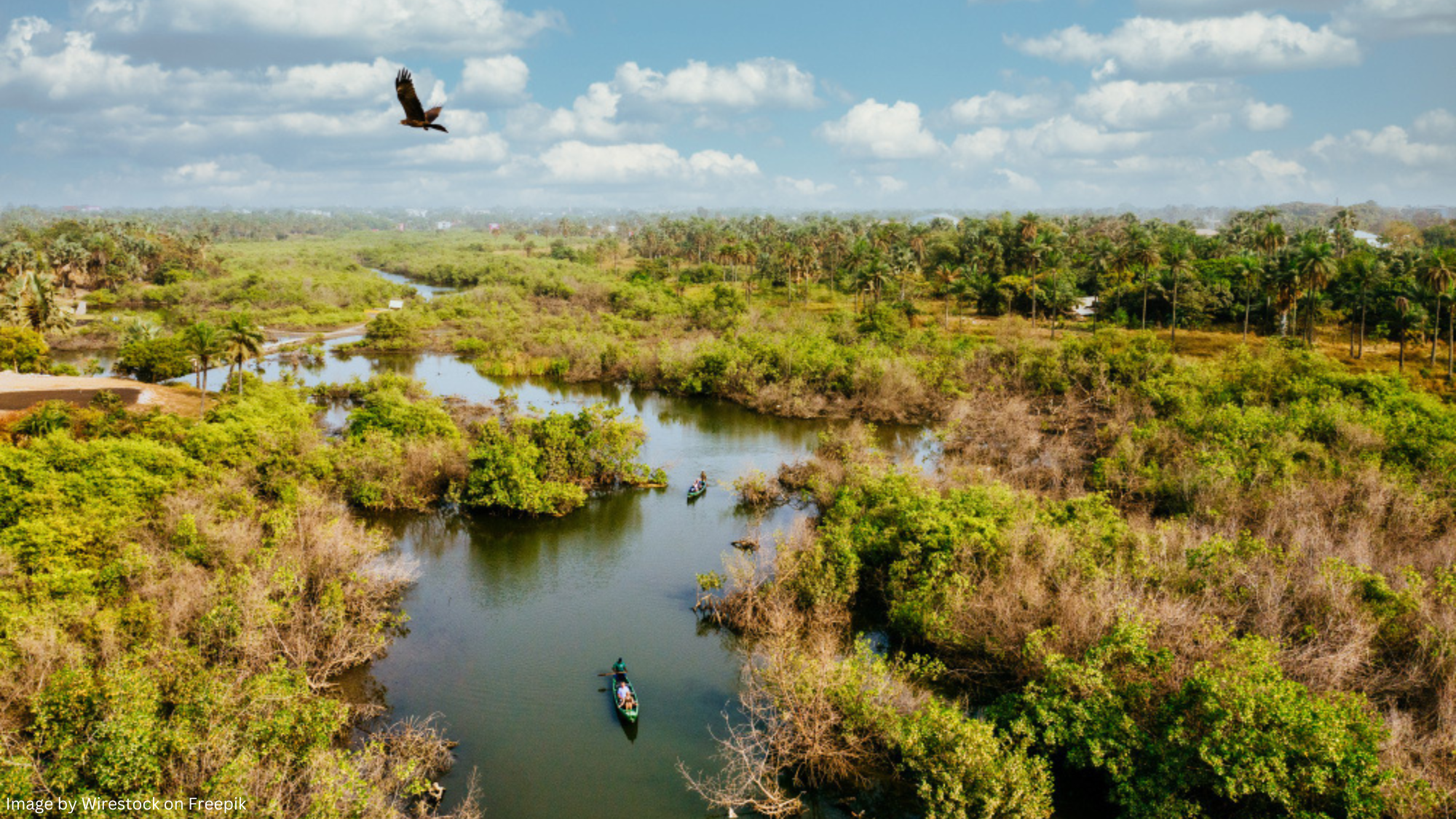Water is a fundamental resource for sustaining life, supporting ecosystems, and driving socioeconomic activities. When we have it in plenty, we tend to forget how vital it is, but when it becomes scarce, we quickly realize it is a matter of life and death. The average human can generally go about 30 days without food but less than a week without drinking water.
In Kenya, a country blessed with diverse landscapes ranging from arid to semi-arid regions, water scarcity poses significant challenges to its population of over 50 million. Sustainable water management is not just a necessity but a pressing priority for our development and well-being.
Sustainable Development Goal 6 emphasizes the importance of water resources for sustainable development, highlighting its role in health, education, and poverty reduction. The 2030 Agenda even acknowledges the significance of water resources in achieving the other Sustainable Development Goals.
In this article, we delve into Kenya’s challenges in water management and explore some strategies for achieving its sustainability.
One of the main challenges we face is the unequal distribution of water around the country. Some areas (e.g., Northern Kenya) have a scarcity of water, while other areas have abundant resources. Another challenge is the growing pressure on existing resources due to a rapidly growing population. Pollution and inefficient water use, mainly caused by agricultural activities, are another significant challenge.
So, how do we address these challenges? Here are some sustainable water practice strategies that we can use.
- Investment in Infrastructure
Kenya needs significant investments in water infrastructure to improve water storage distribution and quality. These investments include dams, reservoirs, and water treatment plants.
- Integrated Water Resource Management (IWRM)
Integrated Water Resource Management (IWRM) entails coordinating water management among various parties and sectors while considering social, economic, and environmental factors. This all-encompassing strategy guarantees the fair and effective use of water resources while protecting the integrity of the ecosystem.
- Promotion of Water Conservation through Education & Community Engagement
Initiatives to raise public awareness and provide incentives for water-saving behaviors can contribute to a decrease in domestic and commercial water waste. Water conservation initiatives can be significantly aided by promoting water-saving devices and methods like rainwater collection and drip irrigation. These campaigns must also include the local communities, i.e., helping to start a water user association in the community.
- Climate Change Adaptation
Given the rising frequency and intensity of climate-related occurrences, incorporating climate change adaptation techniques into water management planning is imperative. Strategies, including water collection, drought-tolerant agricultural types, and ecosystem restoration, may encourage adaptation to climatic variability.
Conclusion
Sustainable water management is key to solving some of our socioeconomic issues and helping us work towards all the other sustainable development goals. Adopting these strategies from the grassroots can help us build a sustainable, climate-resilient, and resource-smart nation.
By Absalom Mulama, Communications Assistant, Sustainable Inclusive Business-Kenya


